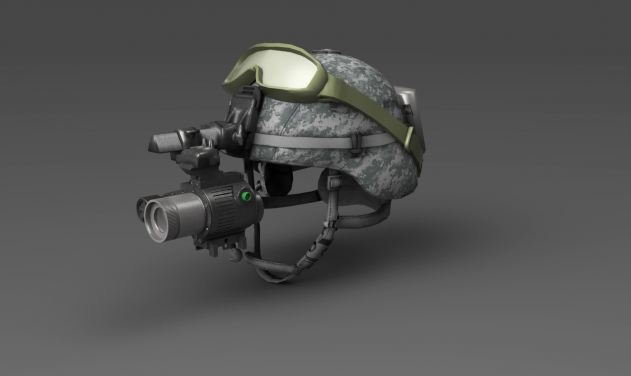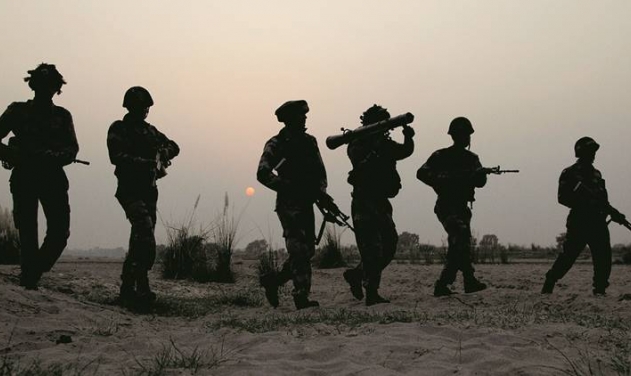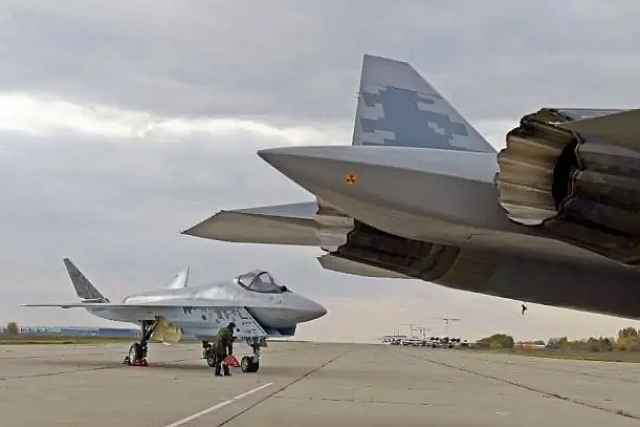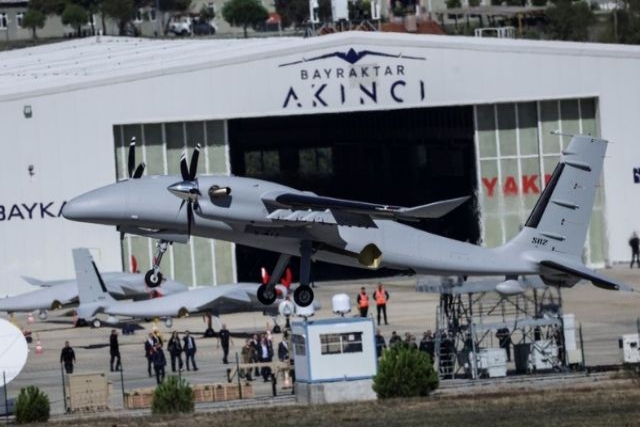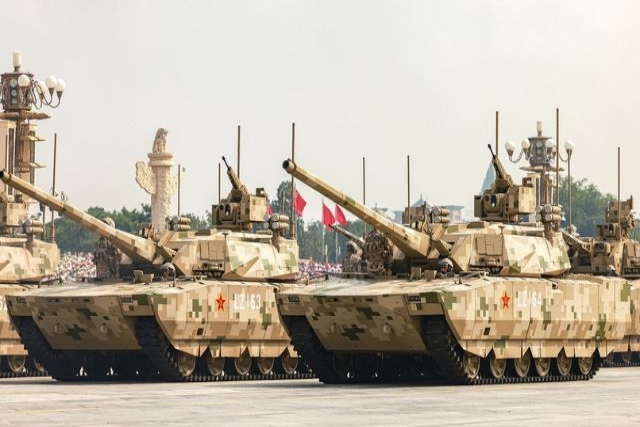IAF Personnel To Get Smartphones For Protection Against Hacking, Interception

Indian air force is arming all its defense personnel with smart phone sets to protect their classified information from hacking and interception.
The IAF invested more than Rs 300 crore (US$44.8 million) for the creation of an exclusive mobile phone network that connect only with the Indian Air Force internal network, mail onine India, reported today.
IAF is in the process of supplying these hack-proof smartphone to all its 1.75 hundred thousand personnel. “All IAF personnel from airmen to officers are being provided these smart phone, which can protect our communication from getting intercepted and also prevents our data from being leaked to hackers, who are always on the prowl for classified defence-related information,” an IAF officer said here.
Though the phones are equipped with facilities of video calling, but it does not have other Apps like other general smart phones.
“In future, we may develop and provide apps which can help the air soldiers like if they need any information immediately about their salary or any other official work,” the officer said.
The phones also provide end-to-end connectivity at all times and at all air bases, even from the highest battlefield Siachen Glacier to Andaman and Nicobar Islands.
The smart phone sets are being provided to the officers right after their commissioning, where the service number is put in as the last five or six digits of their official mobile number and “can be also be used to establish their identity”.
The phones won’t bother the personnel when they are on leave as they can connect to the air force network only inside or near the air bases.
“Even if some officer involved in the running of an airfield is not on seat, he can be contacted immediately at his location,” the officer said.
There have been occasions when phones and computers of service personnel have been compromised by hacking groups backed by Pakistani spy agency ISI and Chinese hackers.
Personal laptop of an Army officer posted under the Andaman and Nicobar Command was compromised and spy agencies were alerted after they tracked the source of the leakage. However, by then, classified information had already been compromised by hackers.


